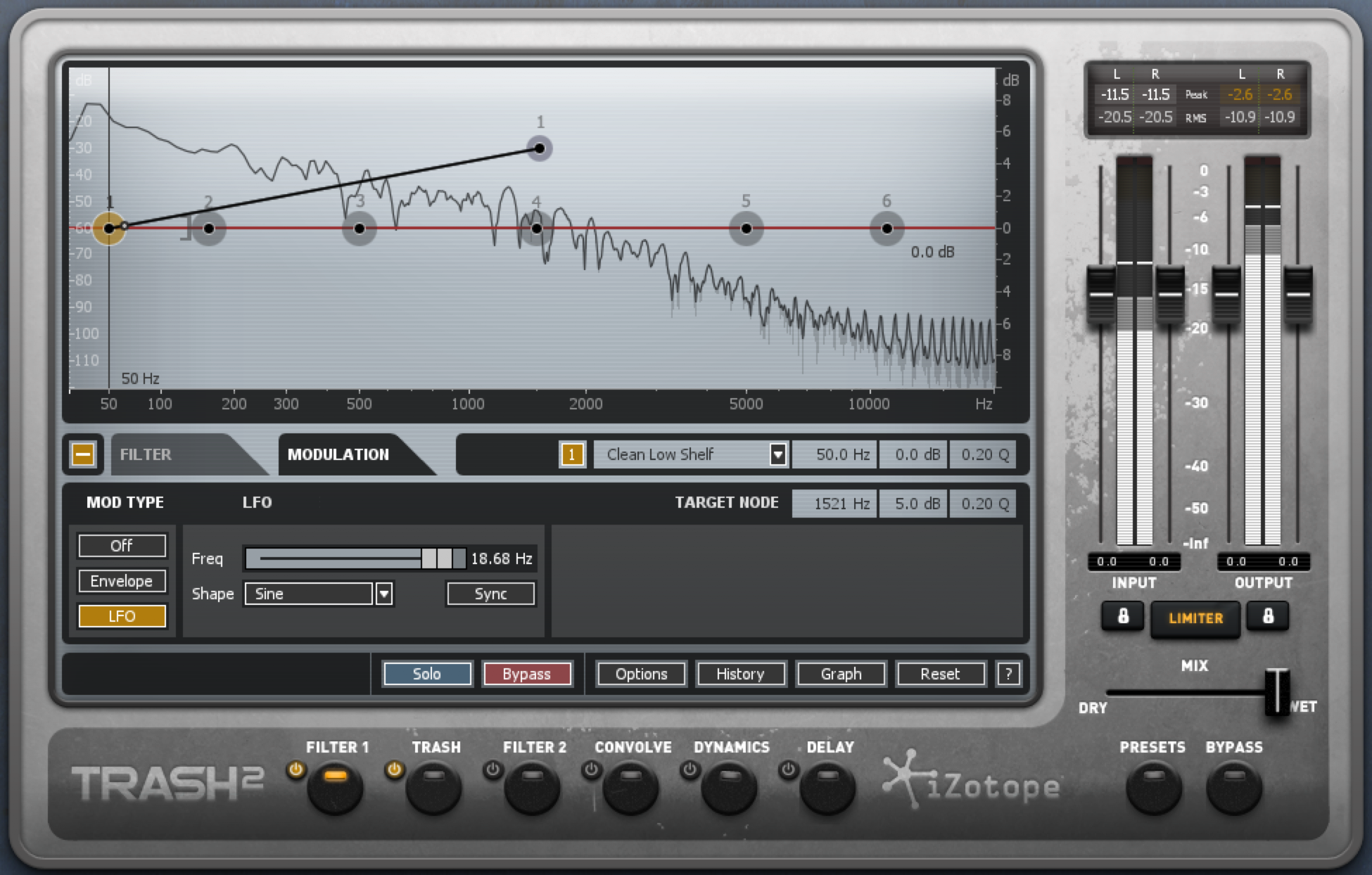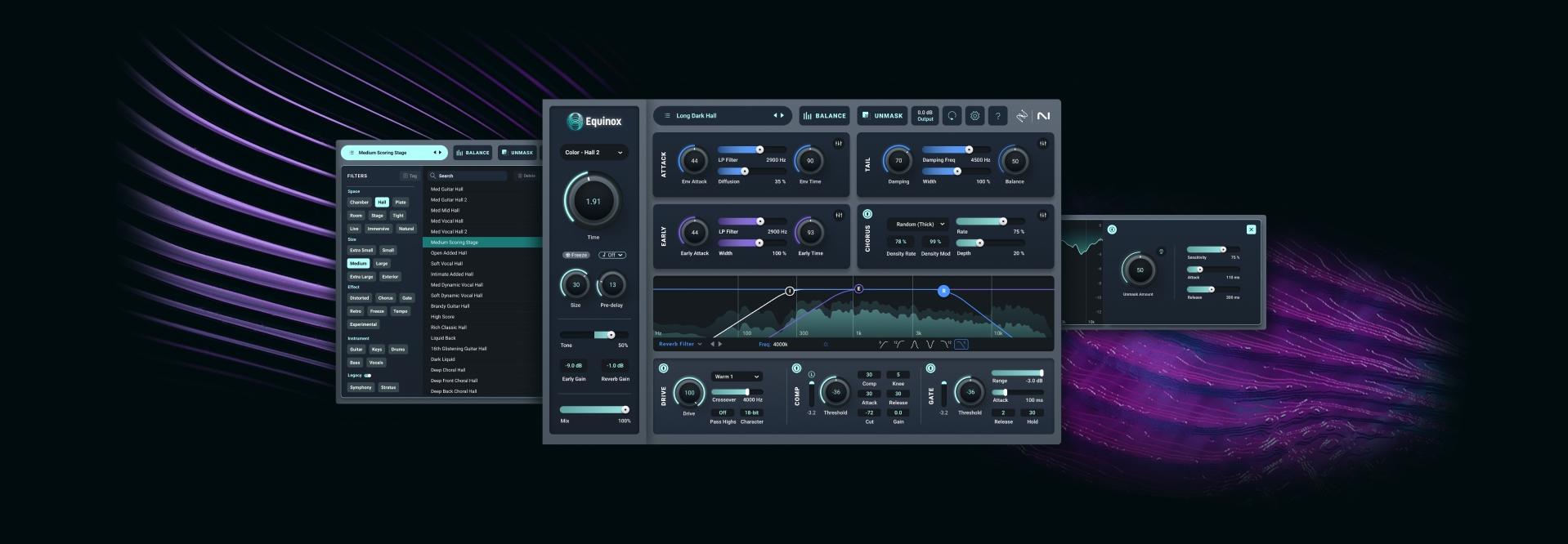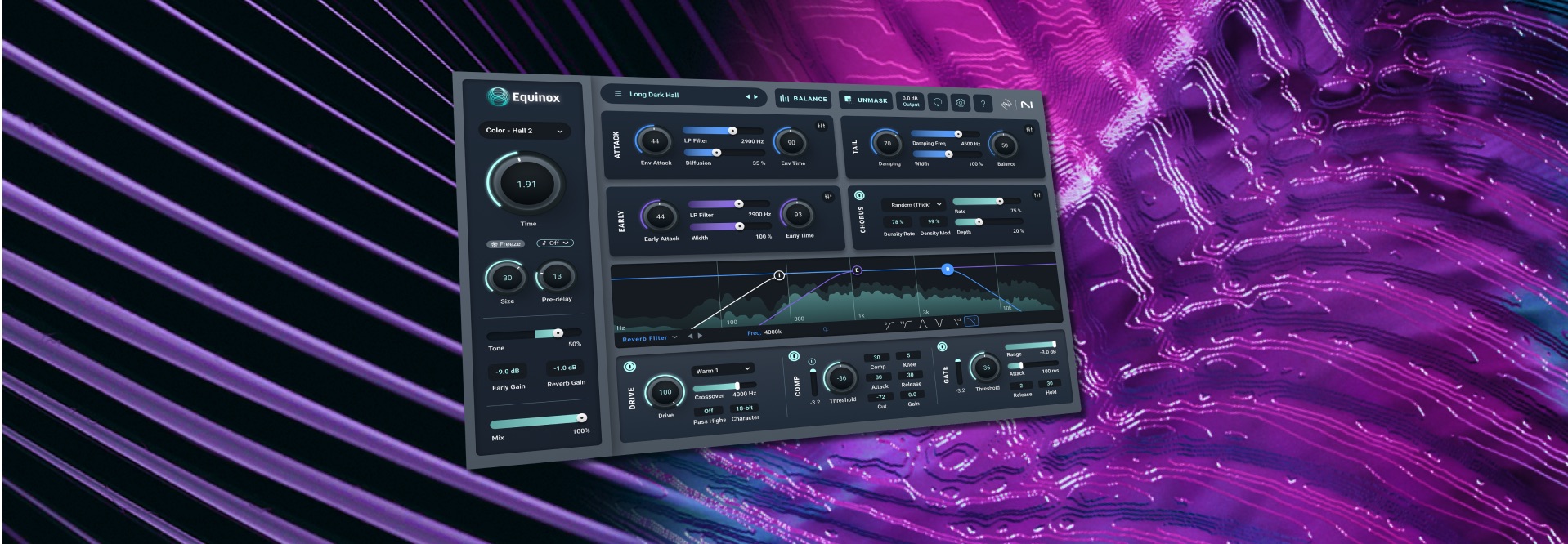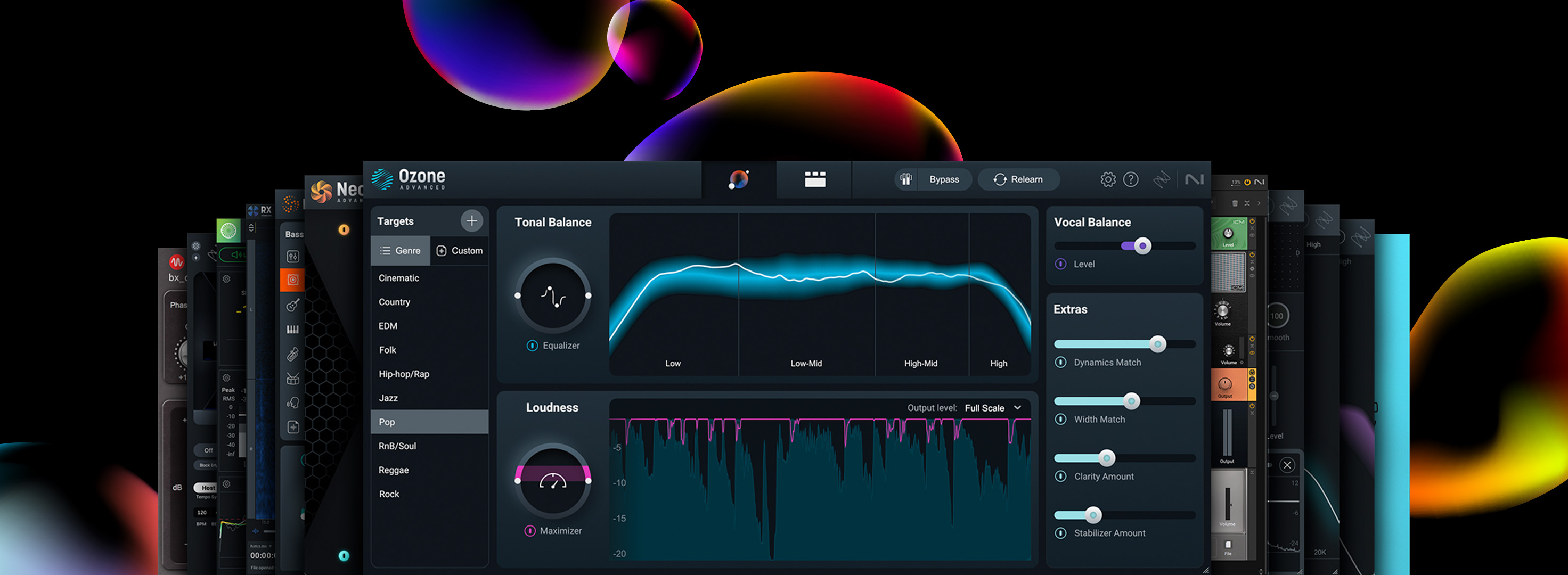
Creative Ways to Use LFOs on Synths and Beats
LFOs are often used to create tremolo, vibrato, and otherwise alter sounds. We take a look at how to use LFOs in creative ways on synthesizers and beats.
Everyone has a soft spot for a synthesizer filter sweep or a tremolo effect on a guitar track. Thanks to LFOs (low frequency oscillators), these wooshy filter sweeps and pitch modulation (vibrato) effects are easy to execute. But LFOs have other creative uses.
LFOs, for instance, can be used to imbue beats with evolving timbres and textures. They can also help increase the stereo width of a recording by modulating the panning function of an individual track or an entire song, as we recently wrote about in a post on increasing stereo width.
Below, we explore a few other ways of using LFOs. Some of these processes may be familiar to experienced synthesists or music producers, but those just getting started in synthesis might benefit from a few of these lesser-known techniques for low-frequency modulation.
Makeshift FM synthesis
In frequency modulation (FM) synthesis, one oscillator is used to modulate another oscillator, resulting in a range of textures from glassy, aggressive, metallic, ambient, and beyond. The oscillator doing the modulating is called a “modulator,” and the one being modulated is called “the carrier,” the latter of which is the sound a listener hears.
While analogue synthesizers are capable of FM synthesis, to pull off the complex style associated with the iconic Yamaha DX7, analog synths would need many oscillators and polyphony and would become quite expensive to design and manufacture. That said, analogue synths and even samplers using single cycle waveforms can do basic FM synthesis, just one oscillator modulating the pitch of the output oscillator.
We made our own little FM synth sound using an LFO on the Elektron Model:Samples groovebox to modulate the fine tuning (pitch) parameter of a single cycle waveform. Again, this very basic FM synthesis, not anywhere close to the implementation on Yamaha’s FM synths of yore.
In the first clip, we used a sine wave LFO to modulate the single cycle waveform’s pitch at a low speed to create the vibrato effect typical of LFOs. In the second clip, however, we selected a random waveform and cranked the speed until the pitch wobbles blurred into a single sound. The result is a subtle FM-style ambient synth sequence.
Change kick textures
LFOs also come in handy for mixing up the timbre or textures of a synth or beat. Modulate an oscillator, single cycle waveform, or random one-shot sample with an LFO to apply different sonic characteristics to sequenced beats over time.

An LFO in Trash 2 modulating the low end of the filter.
Using Trash 2’s LFO, we altered the timbre of a sequenced kick drum. We ran the sequence into Trash 2, applied some saturation to the kick using the “Busted” preset, and then made the LFO modulate it to get some subtle sweep effects for variety.
Make hi-hats dynamic
On their own, hi-hats can be a little boring, unless a dry quarter note hi-hat sequence is exactly what a song requires. To give the hi-hats more movement and dynamics, use an LFO to modulate destinations like pitch, filter cutoff, forward/reverse, bitrate, and so on. Give it as much movement as you like with the LFO’s waveform, speed, depth, and other variables.
In the audio clips below, we used an LFO to modulate the filter cutoff with a random waveform at a relatively modest speed and depth. Combine this LFO effect with a swing setting in a DAW or on a sampler for even more dynamic movement.
Accent your basslines
If you want to add something to your acid bassline, one way of going about it is to use an LFO. A good way of learning what LFOs do to basslines is to program a 16-step sequencer to play one note across all 16 steps. On its own, this bassline is boring. But when an LFO is used to modulate something like the pitch and/or frequency cutoff (with a little distortion and bit reduction), Roland TB-303-esque acid basslines can emerge.

An LFO in Trash 2 is modulating the upper band of the filter.
In our sample, we did just that. For our distortion, we enabled Trash’s Delicate Harmonics preset and tweaked the X-Y graph a little bit. Next, we moved to Filter 1, where we made the LFO modulate one of the higher frequency bands.
The LFO modulation creates some variability in the bassline’s sound. It’s not super complex acid, but it’s a great gateway into using an LFO to bring variety to any number of sequenced synths or beats.
In our sample, we did just that. For our distortion, we enabled Trash’s Delicate Harmonics preset and tweaked the X-Y graph a little bit. Next, we moved to Filter 1, where we made the LFO modulate one of the higher frequency bands.
The LFO modulation creates some variability in the bassline’s sound. It’s not super complex acid, but it’s a great gateway into using an LFO to bring variety to any number of sequenced synths or beats.


